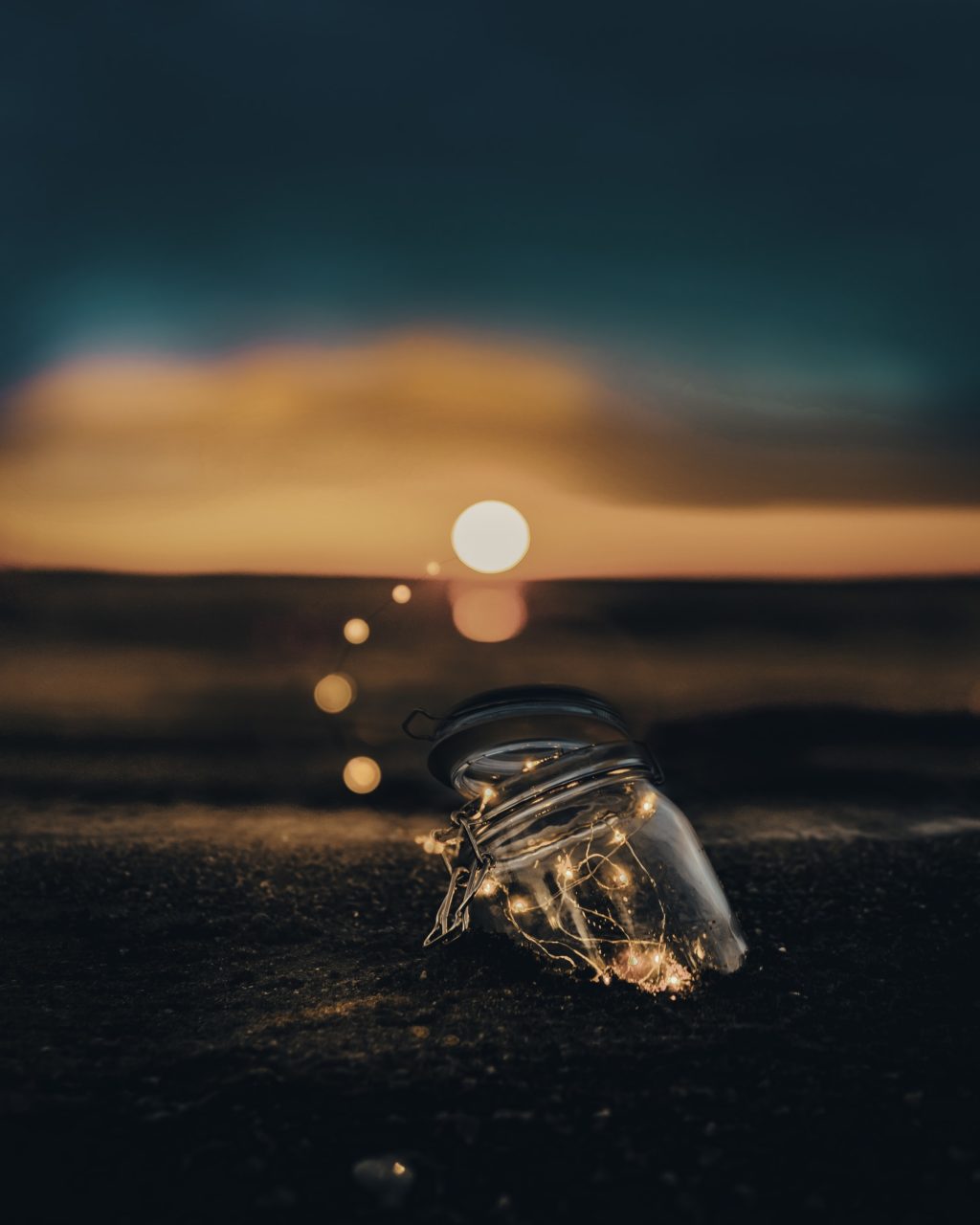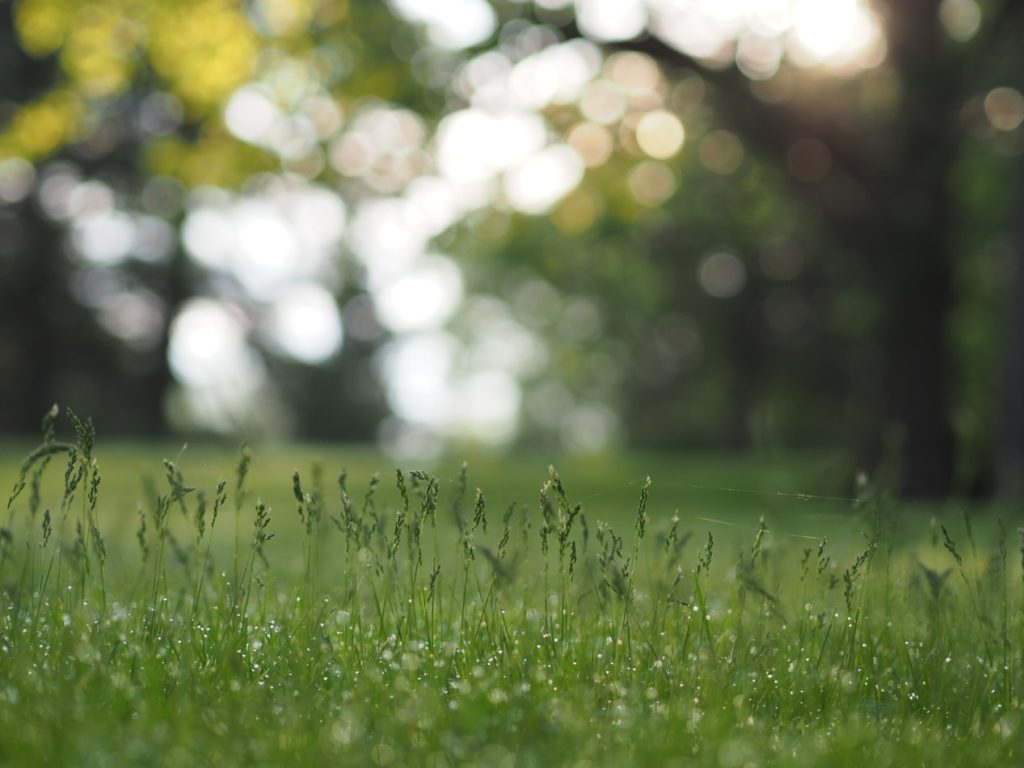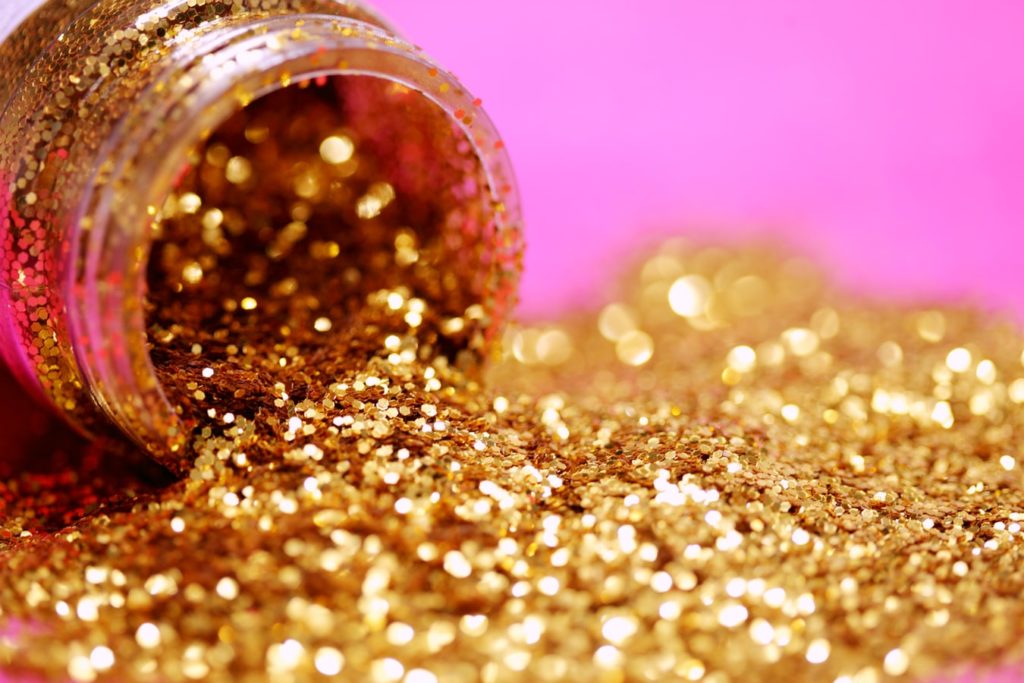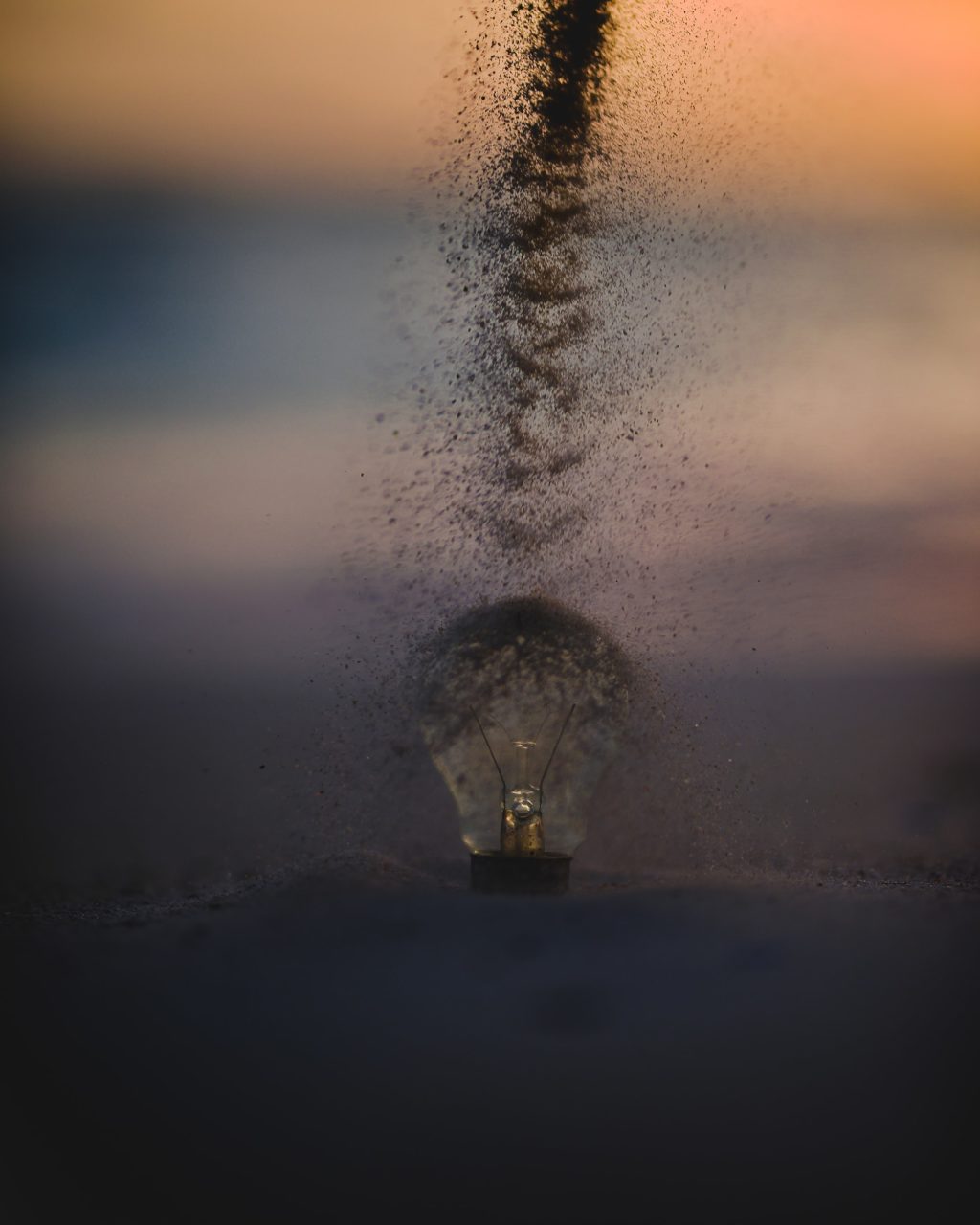Bokeh is one of those things we noticed first when walking out towards our great photographic adventure. We noticed bokeh and didn't have a clue about how such a cool effect could be achieved on camera. It's the very first thing we celebrate when accomplishing in our first shots; eventually, one comes to understand the nuts and bolts behind the magic of this visual craft. This “trick” is so embedded in our vision of the world, that is perhaps one of the very first ocular experiences we remember mastering. Placing one of our fingers close to our eyes while keeping them in focus, delivers an altered view of the world in the background of our tiny limb.
Photography-wise, bokeh is somewhat unpredictable when it comes to keeping things under control. The richness of its presence depends on one element of exposition and another of composition. Bokeh is one of the few elements we can use at the compositional level while still being determined by exposition. In more simple words, bokeh depends on both focusing and aperture.
There's even a third element involved here and that's the size of the sensor. Here, the interpretation is simple, the larger the sensor, the broader the room for pixels to interpret light. So if you happen to use a full-frame camera, you'll be getting a bit more quality on how your camera renders bokeh. Some argue the difference is barely noticeable and some others don't. Upon these types of debates, our honest suggestion is this: if it will have a direct monetary benefit for your profession, then consider investing in it. Otherwise, think twice if you do need that extra surface for your bokeh to come out as creamy as you want.
Beyond your optical resources – which all have limitations – bokeh can be achieved with pretty much any camera with a tiny bit of distance between the sensor or film receiving the light. That's why smartphones struggle so much with achieving bokeh and end up mimicking the effect by using multiple lenses, but that's a topic for another day 😂
That's great, but how can one master it in a decent way?
Expect the Unexpected
Well, this is something harder to achieve with mirrorless-cameras with almost-latency-free electronic viewfinders (aka EVF). This marvels of technology are capable of previewing the scene being photographed while delivering an almost natural view of real-time motion of our surroundings. Nevertheless, previews are so exact that they tend to spoil all the fun. But getting surprised by bokeh is still possible and heavily expanded when developing our raw files.
Explore Light's Behaviour
I'm sure you've once wondered how are circles and other shapes captured in unique patterns; dreamy-like circles floating out of the Xmas tree or tinkling bright lights adorning various scenes. “How are these achieved?” you've once wondered right?
Well, this has more to do with focusing than exposure, but I'll try to explain what goes one in these type of images. Here, direct light gets altered due to our lens' barrel effect; resulting in out-of-focus layers of the scene while keeping a crispy capture of the background. Just like it happens when we focus our eyes to the distance; beyond our finger if you reckon.
Curious Fact: If you leave your shutter-speed long enough and your aperture tightly closed, the result will leave those same lights in a star-shaped form. And of course, don't forget your tripod when doing so.
Get Inspired
Reading about photography is awesome, and understanding written stuff feels like a miracle these days. But we also know how powerful photographs are. So, to honour this fact, we picked a bright and quirky selection of images with some creative bokeh!














To learn more about bokeh and various compositional techniques, download this e-book on Advanced Composition.







I hope you've got a better glimpse now of what bokeh is at both creative and technical levels. Now get up from your bed, go out there to take some photographs and share them with us here!






